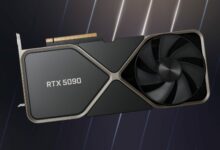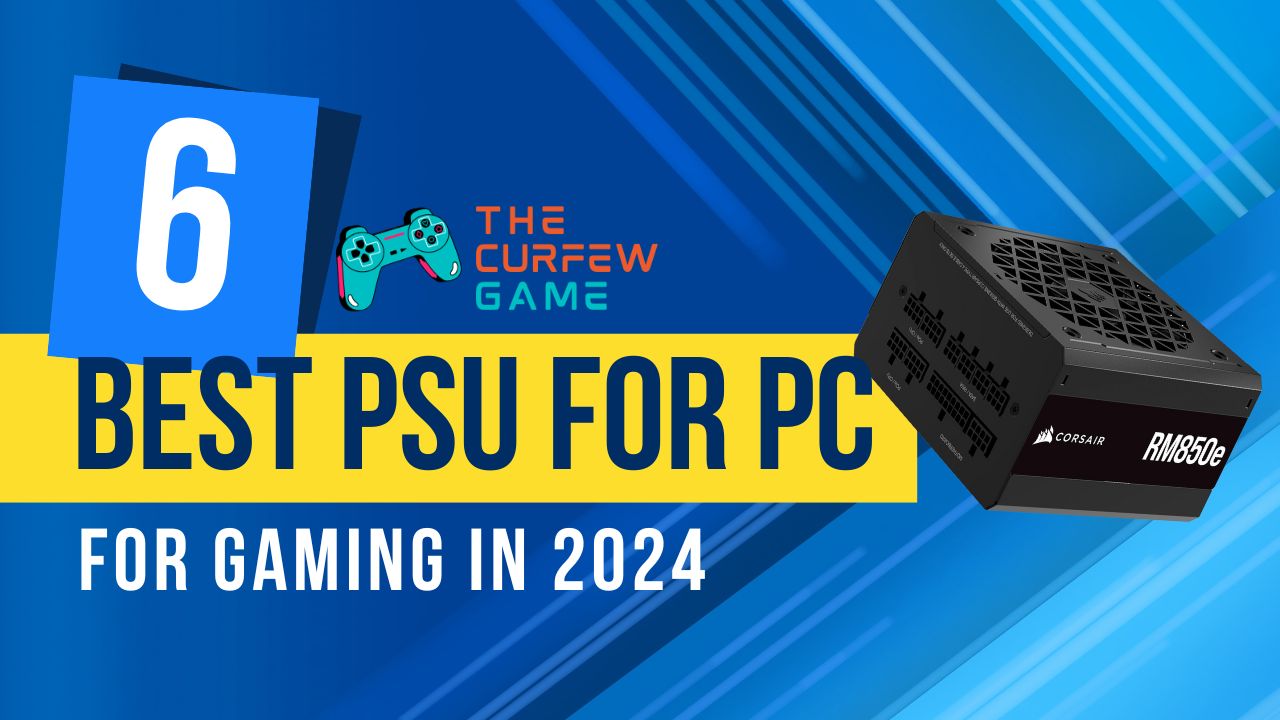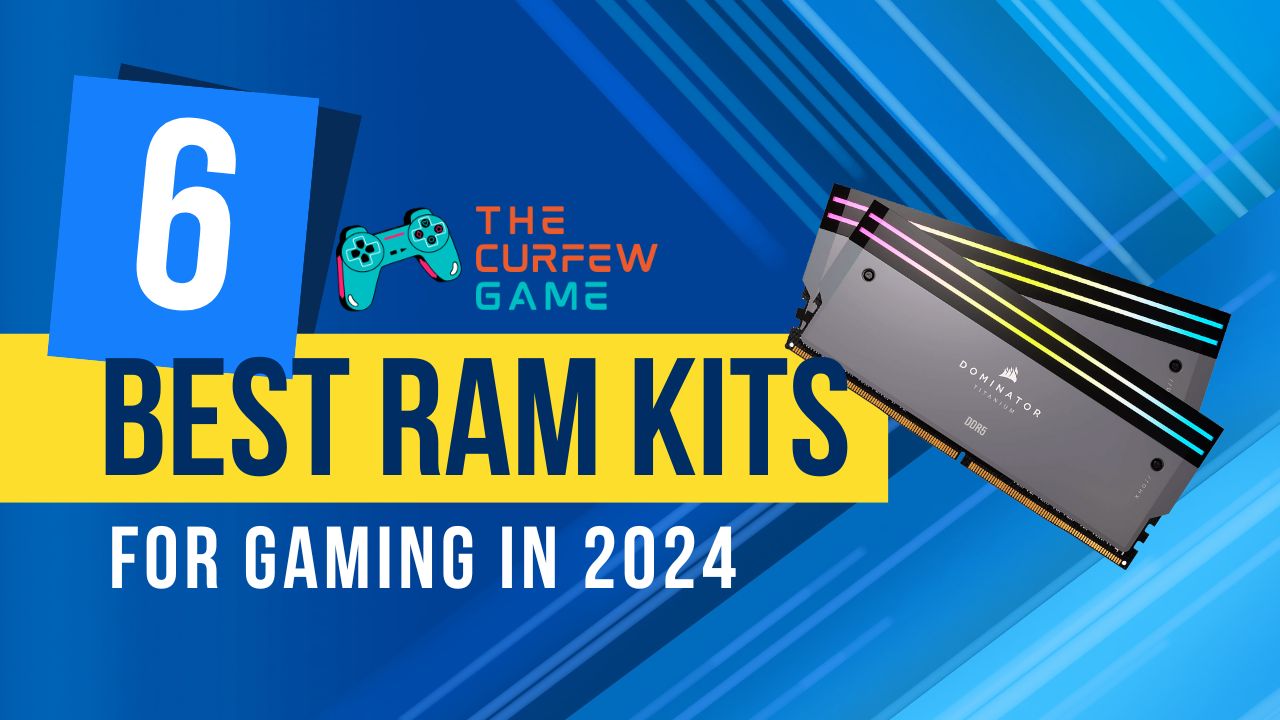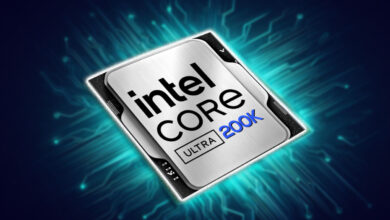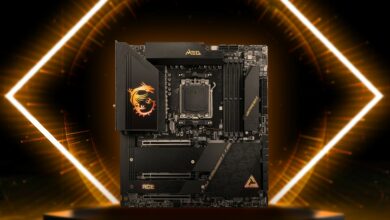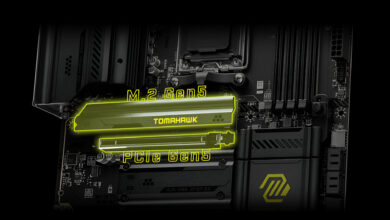Owning the best PC case eases your system’s upgradeability drastically and in 2024, there are countless PC cases that promise to do so. However, many of them often bring a flawed design that limits you in one way or another. A PC case isn’t just an enclosure that hosts your system, but it’s something that keeps your components safe and cooler.
PC cases come in various types and sizes. In recent years, they have become more affordable and many case manufacturers have started to experiment with the design that completely changes how your configuration used to look in a regular case. While it’s great to have a distinguished system on your desk, not every such case is going to be very functional.
Keeping every big and little detail in mind, we have put together this buyer’s guide, that will guide you through the best PC cases to buy in 2024. From offering great component compatibility to incredible airflow, each case is a marvel in its category.
TCG’s Picks for the Best PC Cases in 2024
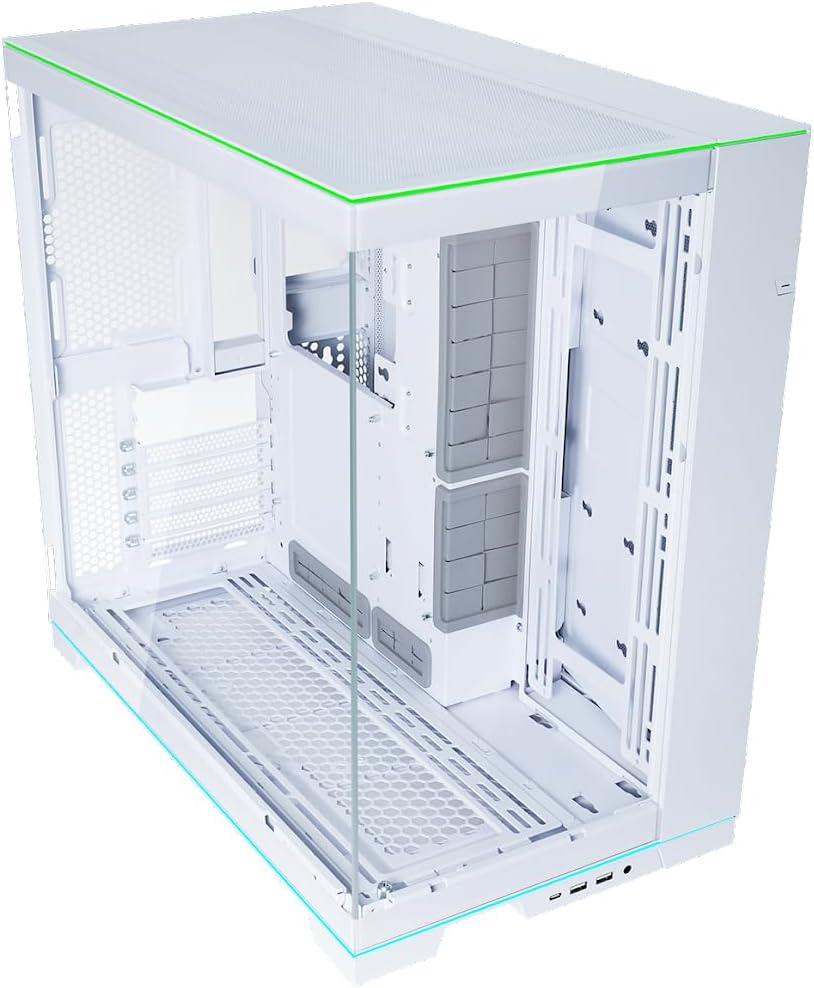
Lian Li O11D EVO brings a dual-chamber design, simplifying the way you use to manage the cables and PSU. With a clean and spacious chamber and big routing holes, the case can accommodate large components without limiting upgradeability or airflow. Its premium design and excellent functionality is unparalleled.
Type: mid-tower
Lian Li’s innovation has led many PC case manufacturers to adapt to newer designs. Lian Li still stands out due to cases like O11D EVO RGB, which has many more editions. This one in particular is the RGB edition that features LED strips on the top and bottom. If you pay close attention to its design, you will find that it is reversible and will have no problem in airflow whatsoever even if you decide to keep it upside down. This will not only change the orientation of how your system from the inside looks like but you will be able to put it on the left or the right side of your desk.
The case features a dual-chamber design that keeps the clutter away. Via this design, the PSU and the cables will be kept hidden from the side and the only visible parts will be the motherboard, GPU, cooler, etc. The interior is adequately spacious and supports large components. At the right, you will find slots for installing fans or radiators. There are multiple areas to install the AIO or custom loop radiators as large as 420mm. All in all, the case excels in almost every area but users will have to buy chassis fans separately as it comes with none.
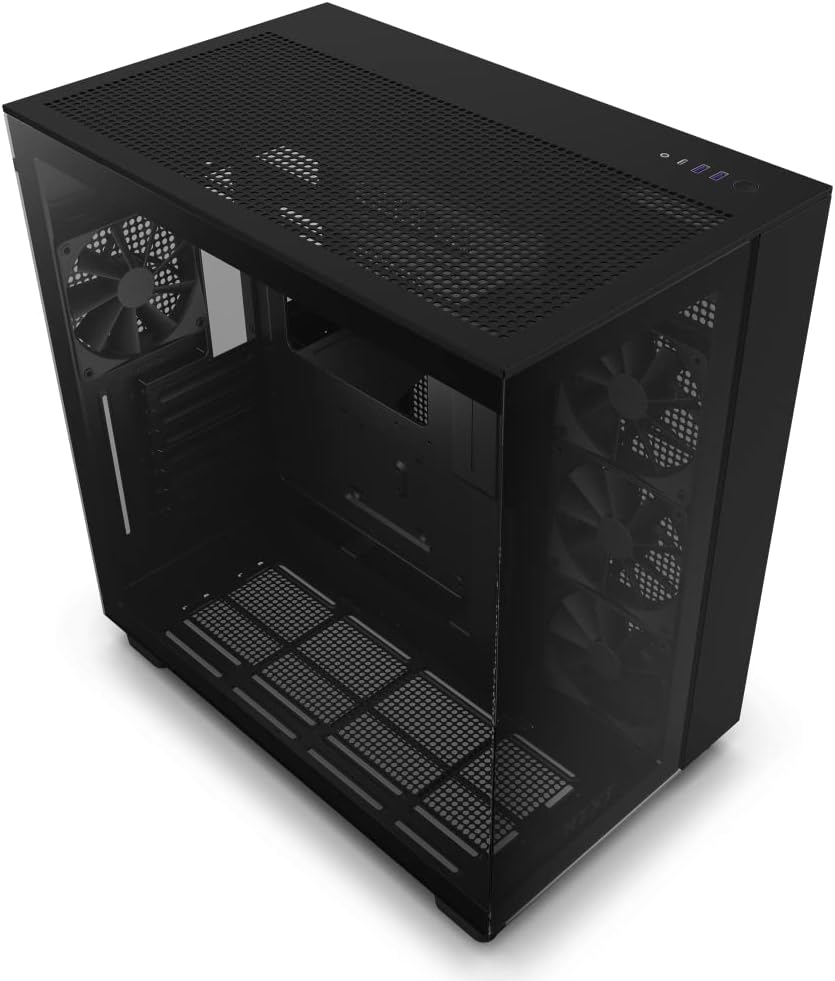
With fully ventilated panels on the top, side, front, and bottom, the NZXT H9 Flow achieves great airflow to keep your system away from overheating and thermal throttle. Not limited to just ventilation, the H9 Flow has quite good support for big-sized components and AIO coolers.
Type: mid-tower
The need for high airflow is more crucial than ever. Processors and GPUs are getting power hungrier and as a result, generate more heat. This constant heat production can only be solved by dissipating the heat continuously. For this, you need proper ventilation all around the case and the ability to equip it with several case fans. The NZXT H9 Flow is designed around the same concept and arguably offers the best airflow in the industry. From meshed panels to support for multiple fans and AIOs, it’s unbeatable for its price point.
It also boasts a dual chamber design like the Lian Li case but it’s a bit different. It’s a bit smaller in size and does not support 420mm radiators. However, it can very much accommodate multiple 360mm radiators in multiple areas like side, top, bottom, and even rear. This is an insane feat for a mid-tower, particularly when the clearance for the GPU and CPU cooler is more than sufficient. Even though the case comes with four pre-installed 120m fans, you can add even more. It’s easier to work with and is available in white color too.
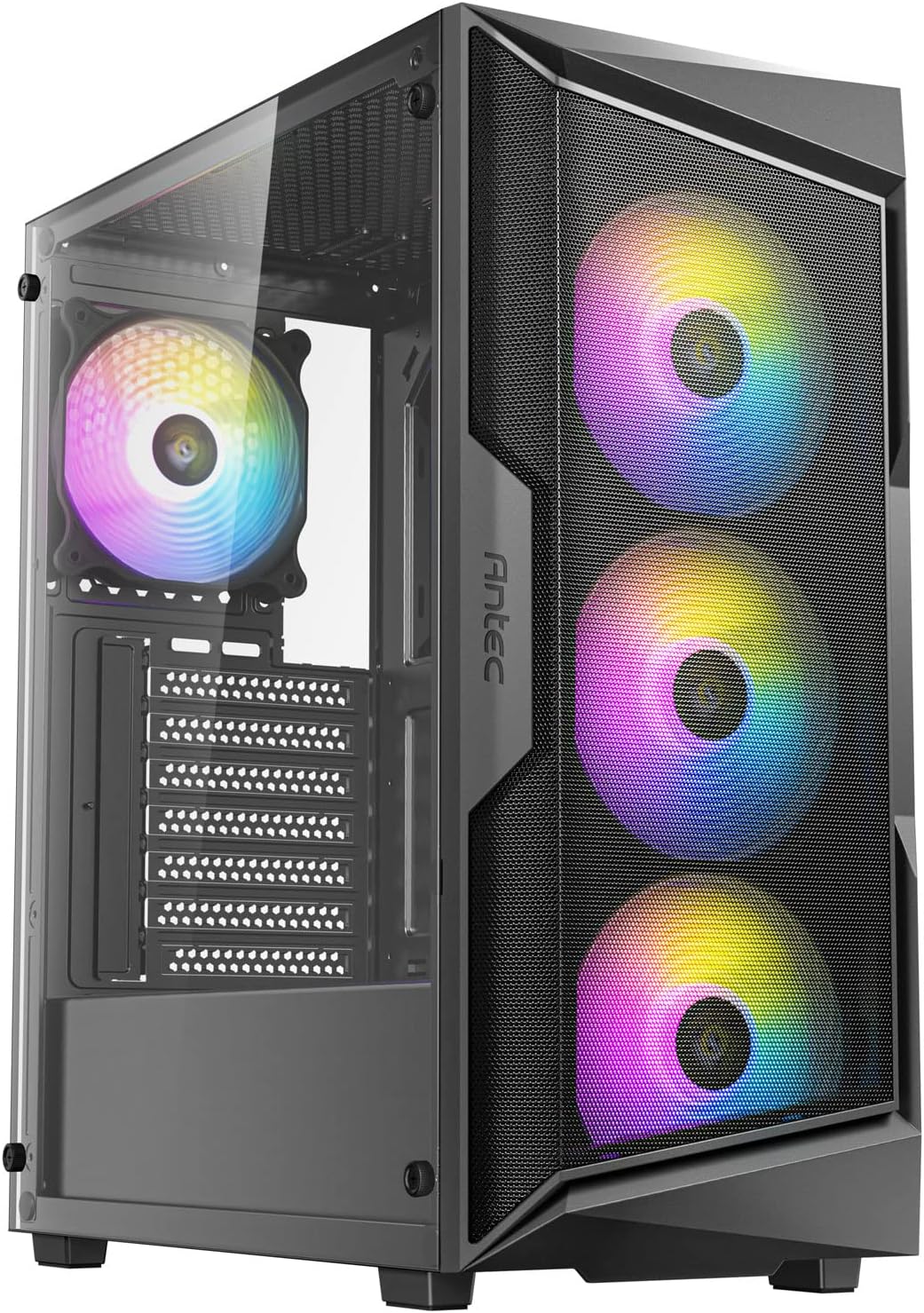
The ability to deliver decent airflow, a PSU shroud to hide PSU and cables, and multiple pre-installed RGB fans on a budget, lets the Antec AX61 bring a high value to the table. It’s beautiful from the outside and the inside along with satisfactory compatibility and clearance.
Type: mid-tower
At less than $70, the Antec AX61 is a great option for building budget PC builds. While you shouldn’t expect premium quality material in this case, you can expect premium functionality in a lot of areas. From airflow to component support, it is on par with more expensive mid-towers. The presence of multiple RGB fans is especially commendable, which eliminates the need to buy more(in case you are installing a radiator on top). It’s a bit compact compared to most mid-towers but surprisingly can have up to 360mm radiator.
The GPU clearance is somewhat limited for very long GPUs but assuming you are building your PC on a budget, you won’t probably go with a triple fan RTX 4090. It’s lightweight and much more portable than the previous mid-towers. A full PSU shroud is also given at the bottom that hides the PSU and storage drives. There isn’t much going on except for this, but this is exactly what you should expect from a sub-$70 chassis.
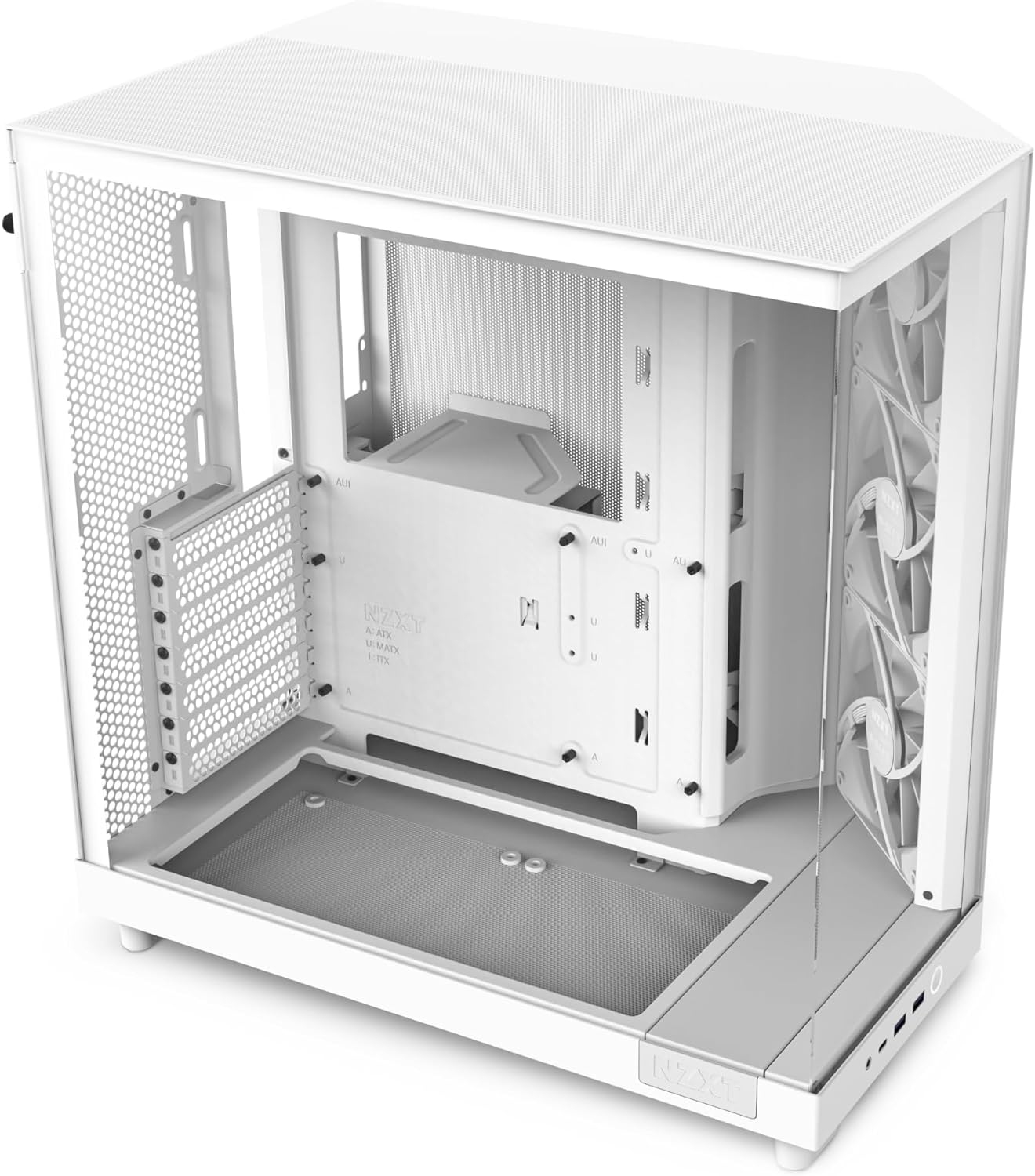
NZXT H6 Flow brings the dual-chamber design at an affordable price tag and yet it doesn’t fail to impress us with its appearance. A combination of meshed and tempered glass panels with a spacious interior is what essentially the H6 Flow is all about.
Type: mid-tower
NZXT H6 Flow is the sweet spot for most PC builders. Inspired by dual-chamber cases, it also brings its unique twist on such design without being too big on the table. Unlike the Lian Li O11D and NZXT H9 Flow, the ventilated front panel is positioned at an angle that will throw the air directly to the components inside, particularly on the GPU. This doesn’t restrict the case for adding another tempered glass panel right in the front that seamlessly blends with the side tempered glass panel for a panoramic view.
The interior is really spacious, which is due to the dual-chamber design that helps it achieve great clearance of up to 365mm for GPUs and 163mm for air coolers. If you are going with an AIO solution, the top panel is there to accommodate up to 360mm radiator. Unfortunately, the radiator can’t be mounted on the front panel, which is disappointing. Nonetheless, the front panel already has triple 120mm fans for high airflow and you can add more at the bottom and rear.
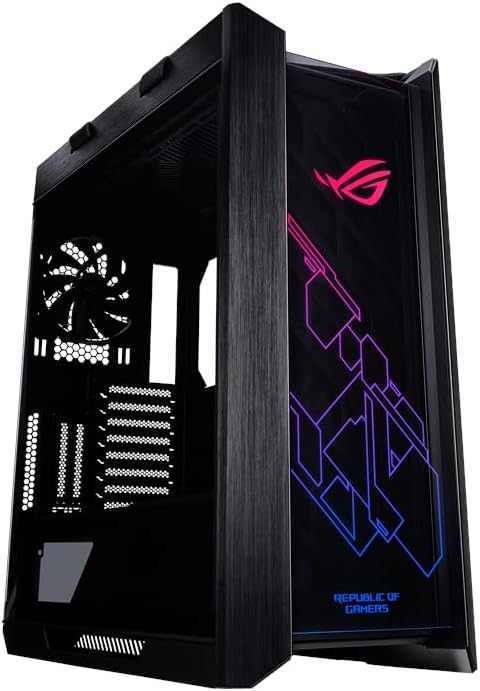
This gigantic enclosure is a mid-tower with a full-tower-equivalent size. It brings a premium construction and RGB lighting to improve its aesthetics but the interior is fascinating enough to make you drool. Crafted for enthusiast PC builders, the Helios GX610 is not just a PC case but a piece of art.
Type: mid-tower
The ROG Strix Helios GX601 RGB is a large and heavy mid-tower. It looks more like a full-tower than a mid-tower and the component support is kinda similar to the former. This is why many enthusiasts prefer to go with this one but this isn’t the sole reason why it stands out. It’s one of the most luxurious cases Asus has to offer that boasts a sturdy construction incorporating an aluminum frame, brushed aluminum accents, and dual-side tempered glass panels. The front panel is occupied by the RGB ROG logo and custom RGB design that illuminates brightly.
The case is surely heavier but the multiple handles at the top make it much more portable than regular but smaller mid-towers. Its ridiculous component compatibility is rare to see and supports E-ATX motherboards, up to 420mm radiators with thicknesses as much as 90mm with fans, air coolers of up to 190mm in height, and GPUs up to 450mm in length. The GPU can also be mounted in a vertical position but if you decide to go the usual way, make sure to use the multifunction cover that serves as a support for heavy GPUs and for also covering up the cables.
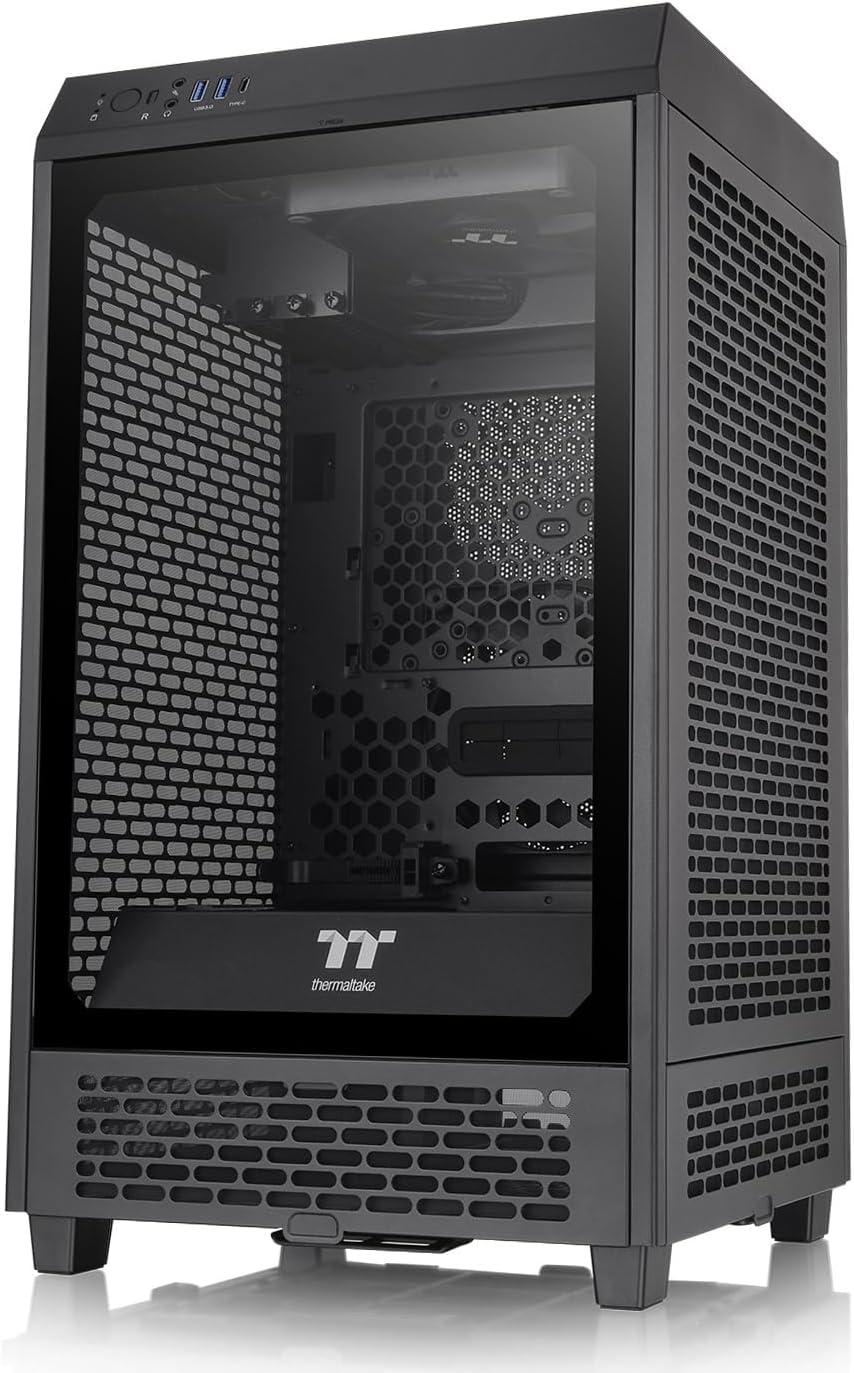
The TT Tower 200 isn’t your regular ITX case and doesn’t compromise on the interior, offering plenty of space for big GPUs, and standard-sized air coolers, and also has fully ventilated panels. Being vertical in design, it takes less space on your desk and has a sophisticated design to accommodate PSU and cables without making a mess.
Type: mini-tower/ITX
The Tower 200 is the successor to the Tower 100 and is a bit larger and heavier than the latter. The dimensions are hardly 1-2 inches bigger but the clearance you get for components is much larger. Despite being an ITX tower, the case can accommodate long GPUs and tall CPU coolers. The PSU clearance is also much higher and the best upgrade is the support for radiators. Now, you can install up to 280mm radiators on the right side or up to 140mm at the top, which was limited to just 120mm radiators at the top in the previous version.
The case is adequately ventilated from all sides and provides full visibility via the front tempered glass panel. The PSU, storage drives, and cable clutter reside in the back chamber, giving you ample space at the front to work with. One major visible addition given to Tower 200 is the 3.9″ LCD display at the bottom, which can display real-time information about your components as well as images or GIFs. Overall, the Tower 200 may not be as compact as most mini-ITX cases, it still takes similar space on the desk due to a vertical design.
What to Look for When Buying a PC Case?
Form-Factor: PC Cases come in a variety of sizes also known as ‘form-factor’. The most common ones are Mini-ITX, Micro-ATX, ATX, and E-ATX. They are also categorized as mini-towers, micro-ATX towers, mid-towers, and full towers with respect to their form factors. The form factors denote the compatibility of the motherboards to the PC cases. Mid-tower cases are the most popular ones in the market and offer adequate features for most users and have good component compatibility. On the other hand, the ITX and m-ATX cases are compact, less upgradeable but easy to carry around.
Clearance: Buying a random PC case may get you into trouble if you don’t pay attention to its clearance. You should always check the dimensions of your components, particularly the GPU and CPU cooler before buying a PC case. Make sure your case has enough clearance for these components and room for upgradeability. Check how many fans you can install in your case and what radiator size the case can accommodate.
Cable Management: PC builds that are built by professionals generally don’t have a lot of visible cables. This is through the excellent cable management techniques they implement but this isn’t just a skill. The case should inherently come with a great cable management system that allows routing the cables from different places and having enough clearance to store the extra ones. Cable management does not only result in a cleaner and tidier build but it also allows good airflow.
Ventilation and Airflow: Airflow is crucial for keeping high temperatures at bay. Every computer component is built using an electronic circuitry that is fed voltage to start the transfer of data. This increases the temperature of the component, which is why components like CPU and GPU utilize heatsinks to dissipate heat. This heat should be removed continuously from the case and this is achieved via properly ventilated panels and fans. A good PC case should be ventilated from the front, rear, and top, and should allow installation of multiple fans at these areas.
FAQ
Are mid-towers good for gaming?
Gaming isn’t dependent on the tower type. Rather it is dependent on the performance of other components such as GPU, RAM, and CPU. PC cases generally help in maintaining stable performance via heat dissipation. Mid-towers are particularly good for gaming builds as they are spacious enough to accommodate long graphics cards, ATX or even E-ATX motherboards, storage drives, and CPU coolers.
What size PC case do I need?
Choose a size that can fit your components easily. You should be left with at least a few centimeters of space after installing your GPU or CPU cooler. This makes wiring and general building assembly process easy. The most popular one is mid-tower but every mid-tower varies in clearance and size.
Will my GPU fit in any PC case?
No. Your case must have enough clearance. Measure your GPU’s length and check the GPU clearance of the PC case you want to buy. The GPU should be at least 3-4 cm smaller than the total clearance.

